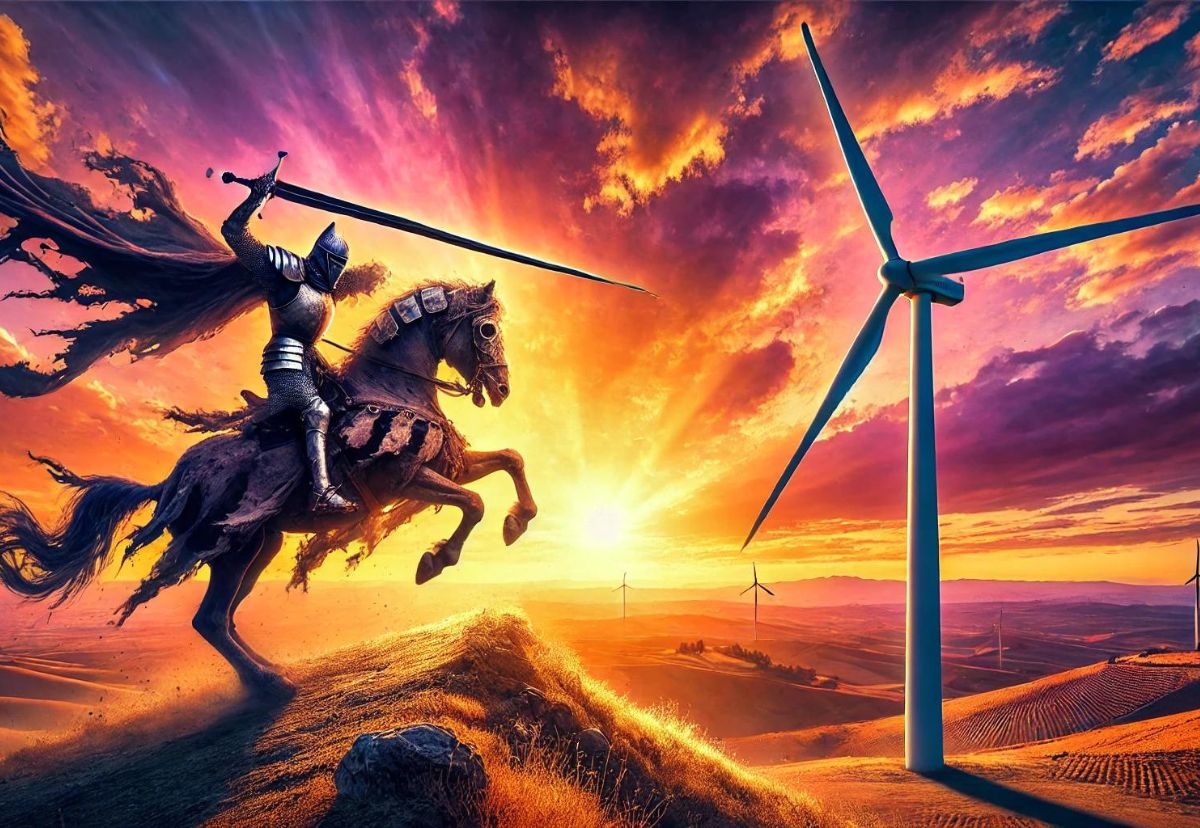Green energy, clean energy, renewable energy! Although they seem like the newest trend, these ideas have been around for quite some time. In fact, the first congressional act passed in the United States aimed at these pursuits was the Clean Air Act in 1970. Since then, we’ve seen the following “green” laws passed as well (among many others):
- Energy Policy & Conservation Act – 1975
- Alternative Motor Fuels Act – 1988
- Energy Policy Act (EPAct) – 1992
- Energy Independence and Security Act – 2007
- American Recovery & Reinvestment Act – 2009 (included investments in energy independence and renewable energy technologies – among other things).
Most recently, the United States passed the Inflation Reduction Act in August 2022. This act is intended to fight inflation, promote growth in the economy, and bring back manufacturing to the U.S. while also putting investments into clean energy. Investments include tax incentives for Americans who purchase electric vehicles (EVs) and energize their homes with energy-efficient appliances, solar panels, HVAC systems, insulation, windows, and even wind turbines. And that’s just at the consumer level. At the commercial and industrial levels, this act also provides funding for domestic programs including renewable energy (again, like wind turbines).
So, let’s talk a little bit about wind turbines and wind power. It can be a polarizing topic, but like them or not, they are the leading renewable energy source in the United States.
Wind has been generating power for a long time. Just consider the historical images you’ve seen of sailing ships or even the Dutch windmills in Holland, which were built with the intention of pumping water to drain the land. But those are windmills, and what we have today are wind turbines. Turbines have quite the history themselves, starting with a Scottish electrical engineer named James Blyth.
James Blyth is recognized as the first person to harness wind for electricity when he designed and built a wind turbine to power his home in July 1887. Although he’s recognized with this achievement, a lot of credit is also given to Poul la Cour, a Danish scientist. He used a wind turbine to provide lighting for his entire village of Askov. He also started the Society of Wind Electricians in 1903. He even discovered that wind turbines with fewer blades spinning at faster speeds are more efficient than turbines with more blades spinning slower.
A lot has happened, in terms of development, between then and now, around the science of windmills and wind turbines (find out here), but let’s spend a minute focusing on just turbines.
There are two types of wind turbines: Horizontal-axis wind turbines (HAWTs) and vertical-axis wind turbines (VAWTs). Those that you see most often are the horizontal-axis turbines, which stand tall and proud (often in the middle of nowhere) with blades that look like airplane propellers. In fact, wind turbines use aeronautical science similar to that of aircraft rotors and wings. Wind flows over the blades creating lift and causing the blades to spin, which then drives a shaft to turn an electric generator. That generator, well, generates electricity.
But just how much electricity do they produce? To keep it simple, the average turbine in 2020 produced enough electricity (in just 46 minutes) to power the average home for one full month, according to the US Geological Survey. To measure the power produced by turbines, we use megawatts (MW), megawatt-hours (mWh), kilowatts (KW), and kilowatt-hours (kWh) which can be quite confusing. Essentially, MW and KW measure power while mWh and kWh measure energy and electricity.
An average onshore turbine (yes, offshore turbines are a thing) has the capacity to produce 2-3 megawatts (MW), which in turn can generate 6 million kilowatt-hours of electricity per year.
Here in the United States, with the focus on wind power over the years, we’ve managed to go from 2.8 billion kilowatt-hours of wind power in 1990 to 434 billion kilowatt-hours in 2022. That’s a 15,400% increase in just 32 years. These 434 billion kilowatt-hours in 2022 provided 10% of the total energy used in the United States (with 25% of that coming from Texas alone). The current goal is to use wind to produce 20% of total energy in the United States by 2030 and 35% by 2050.
These goals not only support our green energy and renewable energy initiatives but also support our efforts to increase domestic, onshore manufacturing.
In fact, according to cleanpower.org, the wind power industry does a lot for American manufacturing.
- There are over 72,000 wind turbines in the country.
- Wind power is the 4th largest source of electricity generation in the country (which is enough to power 46 million American homes).
- Wind power is the largest source of renewable energy, providing 10% of the country’s electricity.
- There are over 450 manufacturing facilities in the United States building wind-related parts and materials.
- Of these facilities, the top three facilities producing the turbines themselves are GE Vernova, Vestas, and Siemens Gamesa.
- The wind power industry employs 120,000+ Americans across 50 states with 20,000 of those jobs in wind manufacturing facilities!
- And this industry employs American veterans at a rate higher than the national average!
As a promoter of American manufacturing and the skilled people who make it happen, we can’t deny that this initiative is good for domestic manufacturing. If you work in manufacturing, you likely feel similarly, so as a fellow manufacturing supporter, we would love to work with you!
If you’re looking for skilled technicians to help you in your own manufacturing facility (regardless of industry), contact us now! Or, if you’re looking to join our team of highly skilled traveling technicians and engineers (we welcome veterans too!), please contact a recruiter.




